After months of work, you’re finally getting a steady flow of traffic to your website.
Now it’s time to start tweaking things to get that traffic flowing in the right direction.
The first thing you want to do is check your copy to make sure it’s solid.
But solid content is only half the battle.
You’ll also need to make it searchable.
Adding on-site search to your website increases conversions by 480%!
Once you have that search engine, you’ll need to optimize your content for it.
You’ll also need to check out how well it works when people search for terms outside the scope of your expectations.
There are a lot of ways your on-site search can harm your conversions.
93% of all online experiences begin with a search engine.
But search engines aren’t the only places where searches are taking place.
Your own website needs a robust search engine, too.
Amazon is one of the most-trafficked sites online. Site search drives a lot of this.
With such a large inventory and so many pages to index, there’s no way it could function without it.
Can you imagine Amazon without on-site search?
Ultimately, 76% of consumers just want a website to make it easy to find things.
Don’t let critical errors cripple your site’s conversion rate.
Instead, optimize your on-site SEO to ensure a better site-wide user experience.
Before I dig into the details of how to do it, I’ll explain why it’s important to do so.
Why on-site search is important
By the time someone is on your page, you’ve already won half the battle.
They found your website! You have them in your grasp.
Now they’re looking for something specific. Or maybe they have a few products or services in mind.
But you can’t offer everything on every page.
Let’s take Home Depot, for instance.
They know that, if I’m visiting the HomeDepot.com homepage, I’m looking for hardware of some kind.
I’m presented with featured deals and top sellers. These can be personalized for better conversions.
But Home Depot offers much more than this small handful of offerings.
What if I need a kitchen faucet?
Even more specifically, what if I’m price-shopping a Kohler kitchen faucet?
Let’s type it in the search bar.
Now we’re presented with a variety of results.
Home Depot’s on-site search engine autofills, provides search suggestions, and shows a real-time preview of search results.
These are handy ways to gain conversions that would otherwise have bounced.
It’s also important to have a solid site structure to make search easier.
Check out Surf Station. This website has a solid structure that makes it clear what types of products are offered.
With proper categories, both visitors and search crawlers will have an easier time identifying your product pages.
The Stewart Maxcy Matanzas Original Art Collector Surfboard is listed in the Surf category and Artwork Boards subcategory.
Now visitors, both on-site and off, can find this board easier.
The increased visibility also comes with more qualified leads.
Research shows that 30% of visitors will use on-site search when they visit an e-commerce site.
Catering to these users is the key to increasing conversions.
But if these links are broken or otherwise problematic, it’s not doing you any good.
Let’s take a look at 4 common on-site search errors I often come across.
4 on-site search errors crippling your conversions
We’ll ignore some of the typical SEO best practices to focus directly on information used for on-site search.
For example, metadata like tags aren’t useful for Google SEO, but they can make or break your on-site search efforts.
Here are the four biggest on-site search errors.
1. Missing metadata – Metadata provides context and archival information for web content.
It’s used by search engines to present URL information to users.
Here’s a visual representation of how it’s used.
The title and description tags are most often used by search engines.
Your internal search will also use categories and tags.
In WordPress, these are found in the Posts menu.
Adding these tags and categories to each created page gives your internal search more power.
It also helps to strengthen your conversion funnel by allowing visitors to find what they need on-site, even if it’s not on their original landing page.
2. Broken links – There’s nothing that will drop your traffic quicker than broken links.
It can happen for a variety of reasons, like changing the URL format on your website, a remote server going down, or some other problem.
Broken links also harm your SEO rankings.
You can find them using the Google Webmaster Tools Search Console.
Log in using your Google credentials and select the website you want to crawl from the drop-down menu.
This will display any errors Google came across on your desktop and mobile sites.
Use this report to correct any broken links on your web page and optimize on-site search for conversions.
A 301 redirect is all it takes.
3. Missing offsite content – I use a lot of off-site content on my website.
Throughout my blogs, you’ll see graphs, charts, and other visual data sourced from other websites.
These images are hosted on my site and sourced back to the original creator with a contextual link above them.
It’s how I avoid being negatively affected if those third-party sites ever go offline.
I also use tools like Geolify and PicSnippets to personalize content on my site.
These can easily become broken links and dead information if they weren’t hosted on trustworthy servers.
If you notice any off-site content not loading, it’s time to fix it before it affects your conversions.
It’s also a great idea to find off-site content that’s not working around the web to offer your content as a replacement.
4. Search Unavailable – A recent study found that 42% of companies completely ignore on-site search.
It’s not always considered a top priority, and that’s a shame since on-site search nearly doubles conversion rates.
Not offering this vital tool is ultimately harming everyone. The customer can’t find what they’re looking for, you lose a sale, and the cycle continues.
Even if you don’t do it right, any type of search is better than none.
This brings me to my next discussion, which covers WordPress tools that can improve site search.
5 WordPress tools to improve site search
WordPress is one of the most widely-used platforms online, with 19.1% of Alexa’s top 1 million websites using it.
While it does have its own built-in search functionality, it’s not by any means perfect.
Thankfully, WordPress is known for its customization options.
The platform has a variety of plugins available to make on-site search easier and more powerful.
1. Google Custom Search for WordPress
Google is the first name that comes to mind when you think of online search.
The company also offers specialized on-site search bars and tools.
It will show on your site as “Powered by Google,” which can be a good or bad thing.
Because it’s powered by Google, usage of on-site search is tracked by its analytics.
Google’s search also comes with the brand recognition of Google search, so it’s worth upgrading from the default WordPress search.
It’s a level of social proof.
Although Google isn’t directly endorsing your site, it gives that impression to your site’s visitors.
Swiftype is valuable as both a free trial (for 14 days). After that, you can take advantage of the paid version.
Pricing for the premium version varies and is personalized to your situation.
This plugin indexes pages faster and more efficiently than the WordPress default.
It’s one of the fastest site searches available and provides conversion information, too.
This makes it a powerful tool in any digital marketer’s toolbox.
Any time you make a change to your website, you want data to quantify it for ROI.
Swiftype also helps to track on-site searches, which I’ll discuss a bit more in the next section.
3. SearchWP
SearchWP is another great WordPress search plugin.
It’s simple, accurate, and customizable above and beyond what you’d expect. You can even prioritize categories, tags, and other elements to manipulate on-site search results.
Out of the box, it’ll automatically replace WordPress’s default search engine. It integrates easily with WooCommerce and can even search PDFs.
SearchWP is the preferred search plugin if you have a lot of documents and downloads stored on your page.
It’s also great for e-commerce sites with a lot of landing pages for a wide product selection.
4. Ultimate WP Query Search Filter
Remember when I mentioned using metadata like tags and categories earlier?
Ultimate WP Query Search Filter lets you sort by these taxonomies.
This filter can greatly refine results and make searches easier for both your servers and site visitors.
Results are served faster, improving overall satisfaction and increasing conversions.
A simple plugin, Category Wise Search does what you think it does.
It adds a category drop down to WordPress search, so users can search for specific items in specific categories.
It’s the same type of drop down that Amazon uses in its search bar.
The larger your website gets, the more important it is to have more advanced search options.
Otherwise, you’ll risk losing your traffic to competitors that do offer it.
Of course, there’s no point in offering on-site search if you’re not tracking the results.
Logging on-site searches
To really make site-search effective, we’ll need to start tracking results.
Like most things online, Google Analytics is the place to find the information you need.
Activate site search in reporting view to get started.
Click Admin – View Settings.
Under Site Search Settings, set Site Search Tracking to ON.
Enter up to five query parameters such as “term,search,query,” separated by commas. Sometimes, query parameters are only designated by a letter, like s or q.
Decide whether you want Analytics to strip the query parameter from your URL. Keep in mind that it only strips the parameters you provided.
Turn site-search categories on or off. If your site lets users refine searches, you can include that information in your reports.
For example, users might search for “chromebook” in the category “laptops.” In a case like this, the site-search URL would look something like …?q=chromebook&sc=laptop.
If you turn categories on, enter the letters that designate an internal search category — such as ‘cat,qc,sc’ — into the categories field.
Click Save.
Soon, you’ll be able to see on-site search results in your behavior reports on Google Analytics.
There are two rows of data in this report. Visitors who do and don’t use site search are grouped together for ease of reporting.
This is where you’ll see the actual ROI of all your site search optimization.
And before you leave, I want to discuss one last aspect of on-site search optimization.
SEO tips to make on-site navigation easier
While most of this blog focuses on tips specific to on-site search, your pages are still visible to the public through search engines.
Your on-site search engines will also function very similar to traditional ones.
This is why I’m going to explain a few SEO fundamentals that can improve your overall site search performance.
1. Focus on long-tail keywords –
Long-tail keywords are the foundation of any solid SEO strategy.
Although short, one- to three-word terms receive more search volume, long-tail keywords represent the most search volume.
The more long-tail keywords you can cover on your site, the more robust your on-site search capabilities will be.
While I may search for a speaker on Amazon, odds are I’ll be looking for something more specific.
Optimizing your site by providing options for both searches gives you the most opportunities to please your customers.
Amazon takes things further by adding radio buttons to refine searches on the left side of the screen.
This lets you add even more long-tail keywords based on Amazon’s categories and taxonomies.
Remember that, just because visitors are using on-site search, they’re not necessarily changing their search habits. In fact, they’re probably not.
They expect to get the same refined searches on your site as they would through Google.
2. Localize on-page content – Localization is a key to ranking in Google’s SERPs in 2017.
By adding on-page signals (and having your business registered on Google Maps in proximity to the user), you’ll greatly increase visibility.
This carries over to on-page search, especially if you offer geotargeted content.
With geotargeting, people searching your site in Seattle will get different results than those viewing from New York City.
I use geo targeting on my website’s homepage.
I don’t write out a new page for every city. I just use a simple piece of Javascript to populate that value.
It adds a level of personalization that makes visitors more likely to convert.
3. Correct any typos – There are competing schools of thought about whether or not to cater to typos in search.
On one hand, you want your site to be as professional and accurate as possible.
On the other, there’s often a surprising amount of traffic coming in from these typo queries.
Checking Google Adwords Keyword Planner for mortgage vs morgage, for example, shows there are over 200,000 results.
While it may be tempted to cater to these searches by misspelling things on purpose, you won’t be doing yourself any favors in the long run.
For every visitor who accepts the typo as fact, another will see it as a mistake on your part and doubt your commitment to quality.
It’s not worth gambling with your online reputation.
Run all copy through a free online spell checker like online-spellcheck.com before publishing.
It’ll decrease errors, increase the perception of professionalism, and help your conversions.
Who wants to give their hard-earned money to someone who can’t even spell?
4. Increase load speeds
Whether on-site or off, page load speeds affect bounce rates.
As page load time increases from 1 to 3 seconds, the probability of a bounce increases by 32%.
At 10 seconds, the probability of a bounce increases by 123%.
That means that you’re losing over half your visitors because of a slow site!
Some easy ways to alleviate this and speed up load times are to minimize HTTP requests, compress images, and enable browser caching.
Pingdom has a great site-speed test to see where you stand.
Just enter your URL and the location from which you want to test speed.
Google PageSpeed Insights is another great tool to use.
Small tweaks across your entire site can add up to a super fast page delivery.
As McDonald’s and Amazon know, speed is the key to creating a great customer interaction.
Conclusion
On-site search is a necessary tool to make your website more accessible to visitors.
Imagine having to search through thousands of blog posts with no shortcuts.
How long do you think you’ll stick with it before moving on to a competitor?
However, if your on-site search is riddled with errors, it’s not doing you any favors.
By optimizing your onsite search, you increase conversions, reduce bounce rates, and improve the overall usability of your website.
We’re no longer relying on external search engines like Google and Bing as the sole way to search for information.
These days, on-site search is an effective way to get more traffic more engaged for longer time periods on your site.
How do you fix on-site search errors for your website?


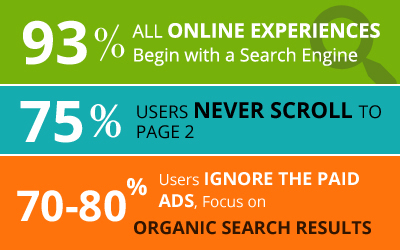
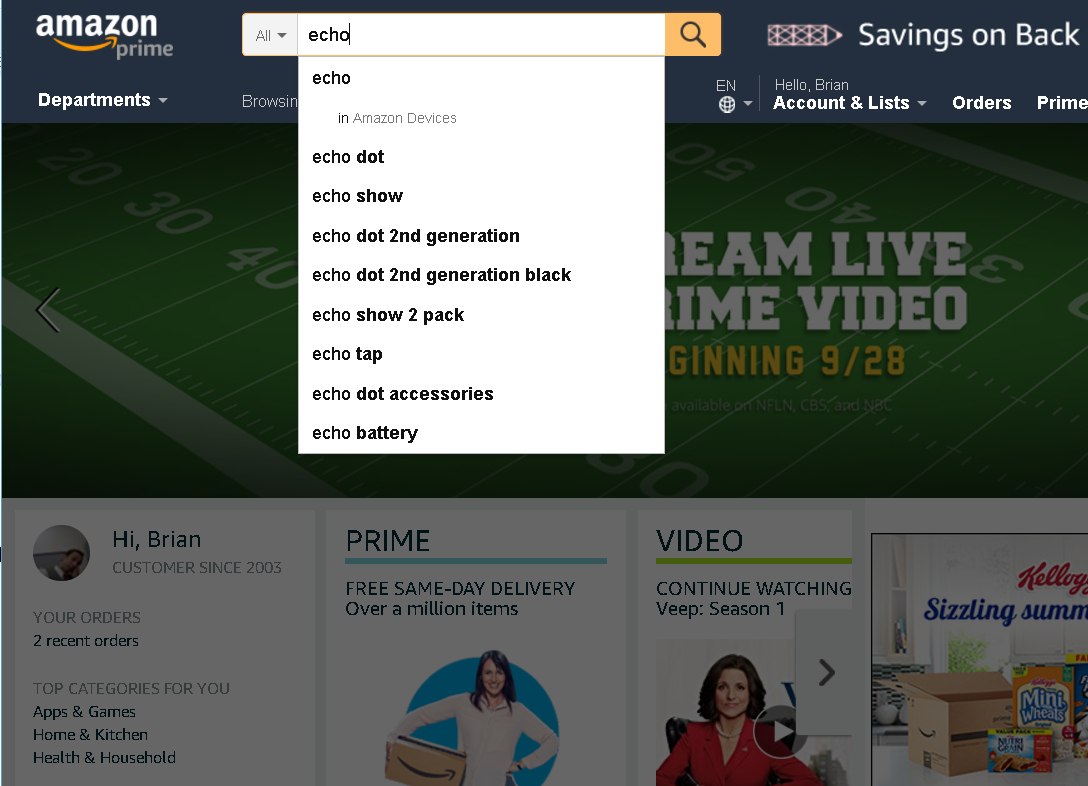
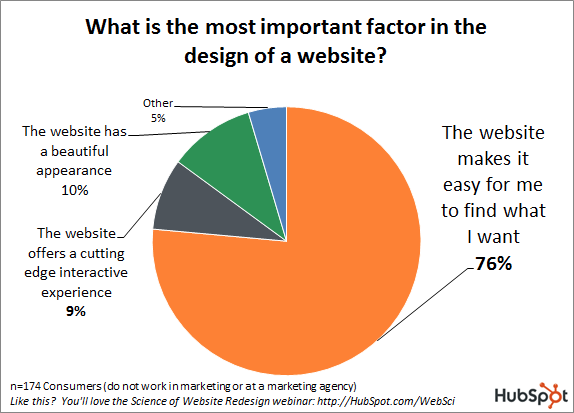
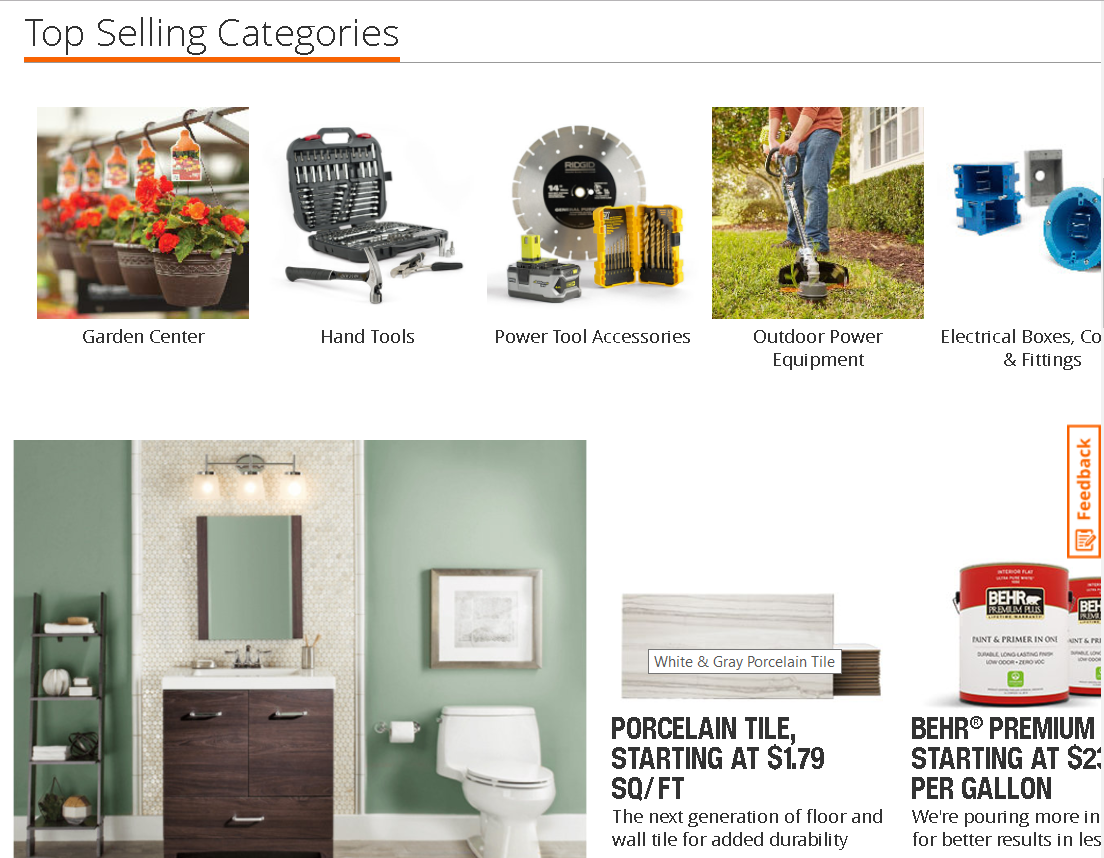

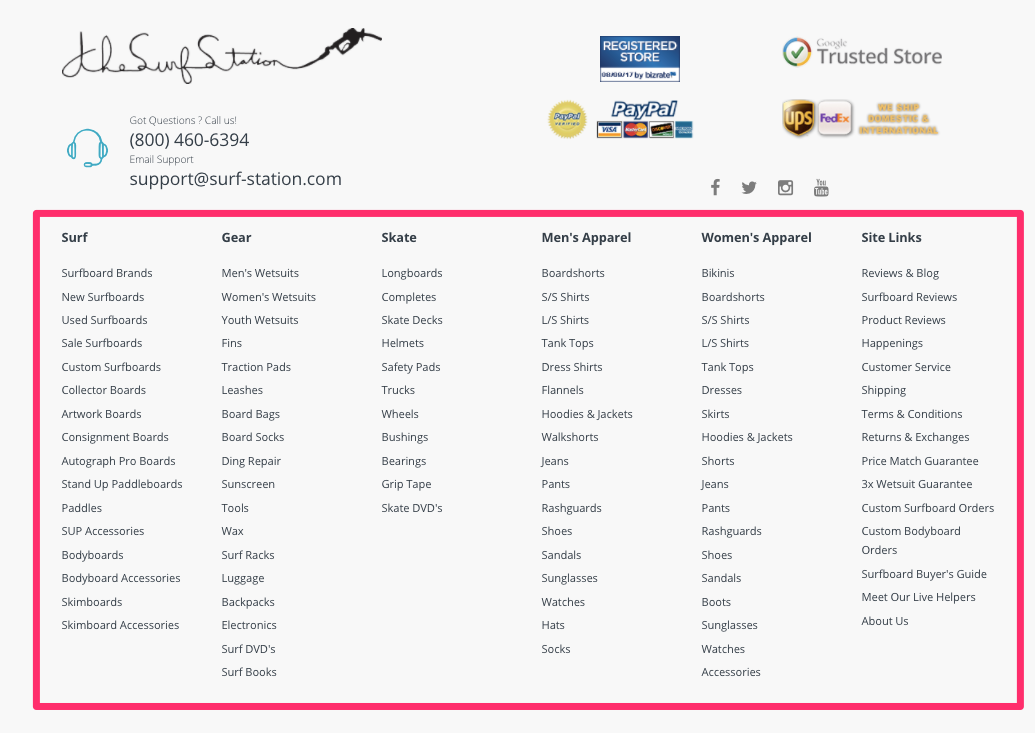



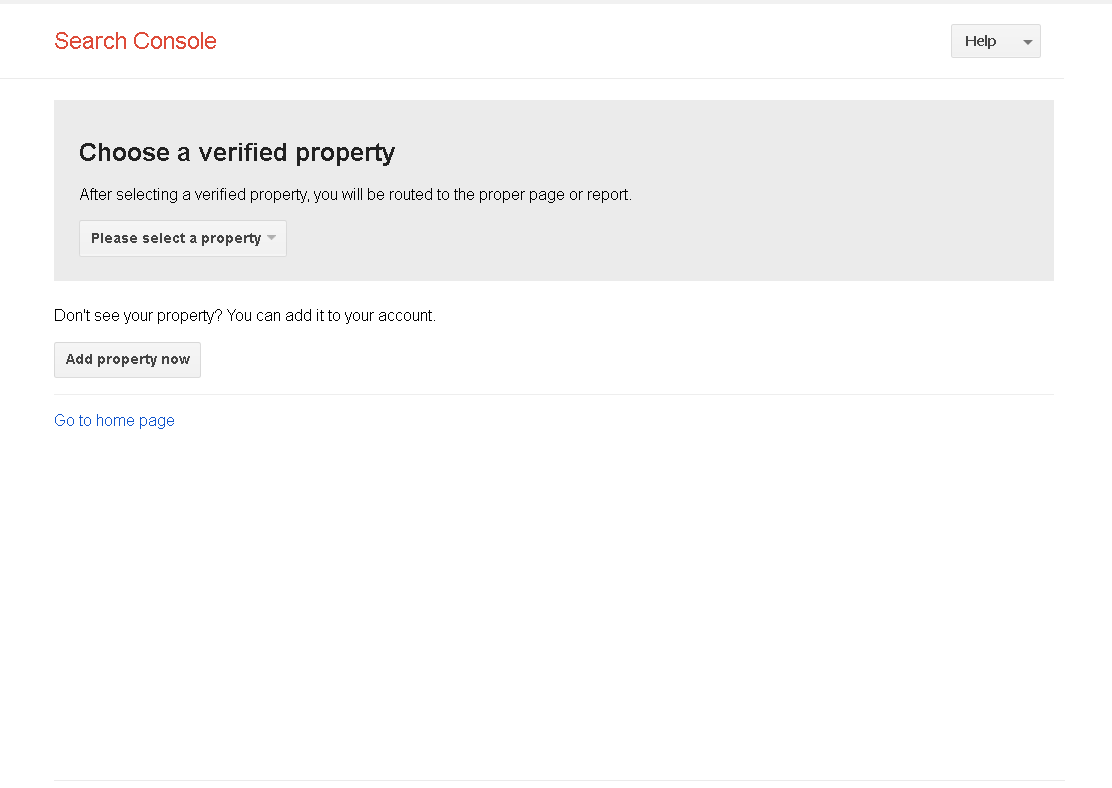

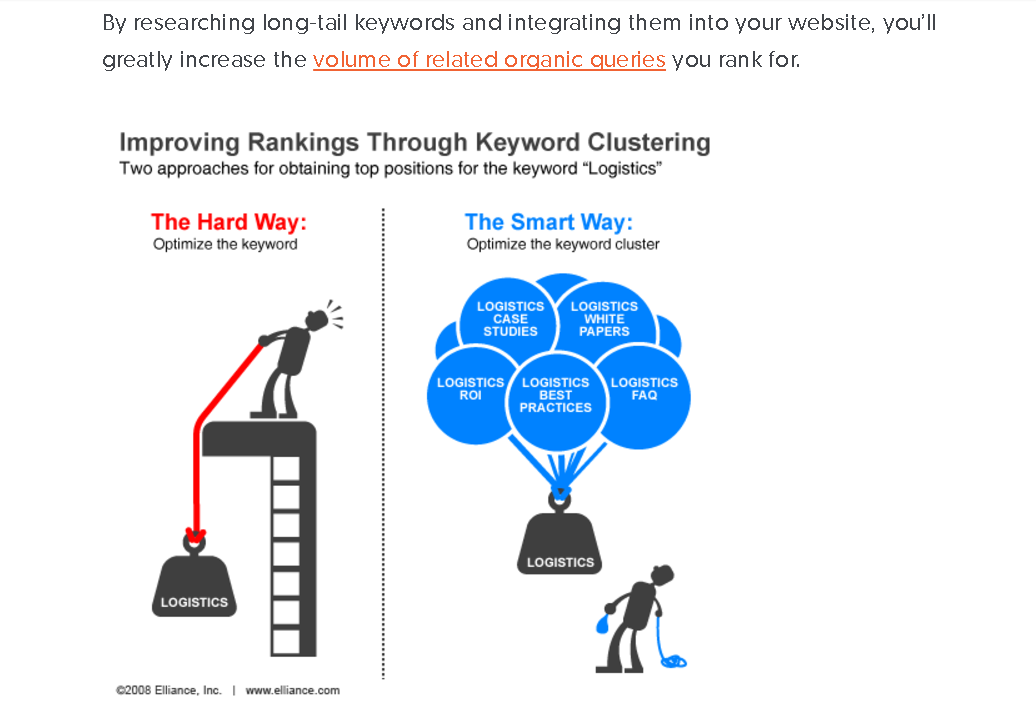
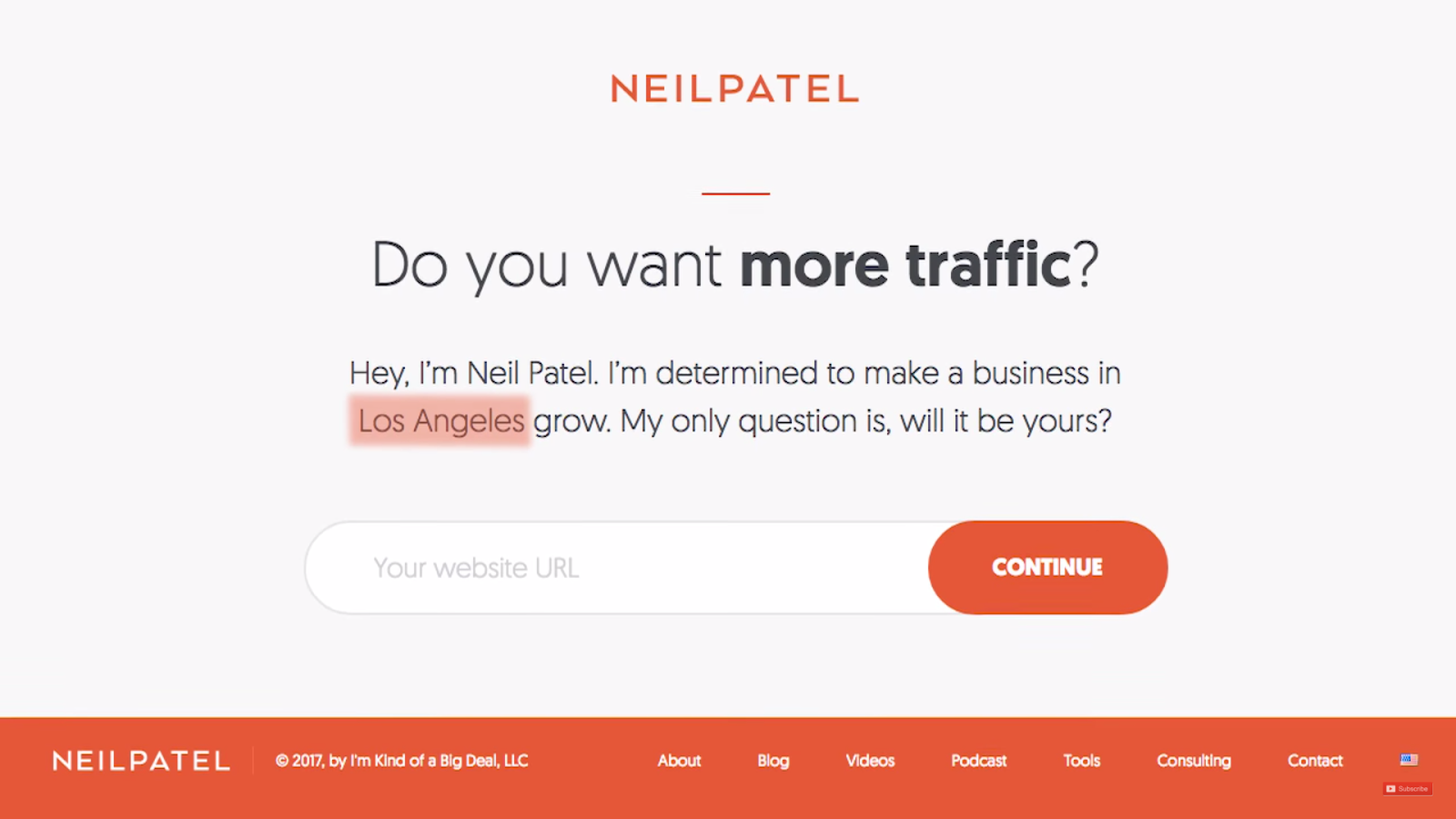
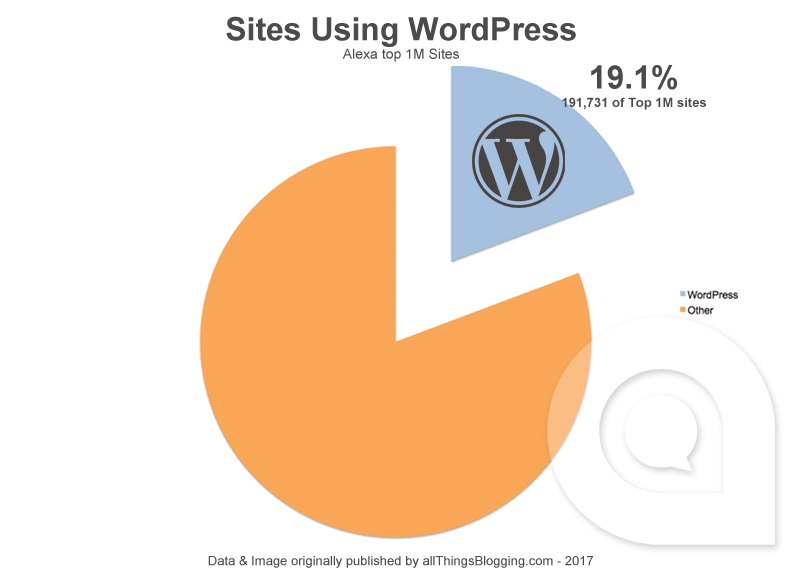
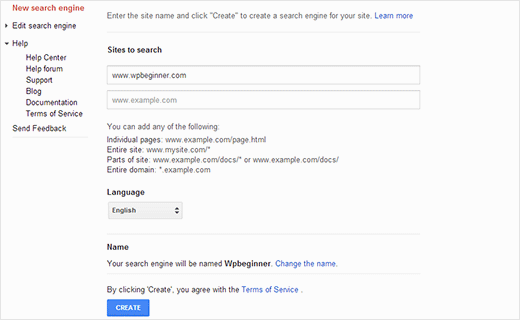
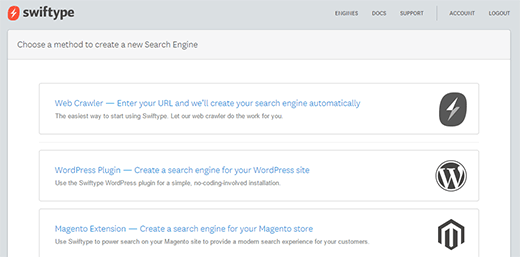
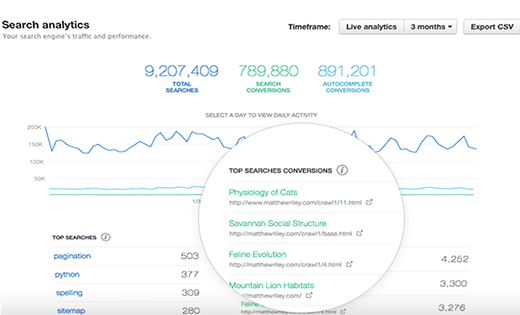
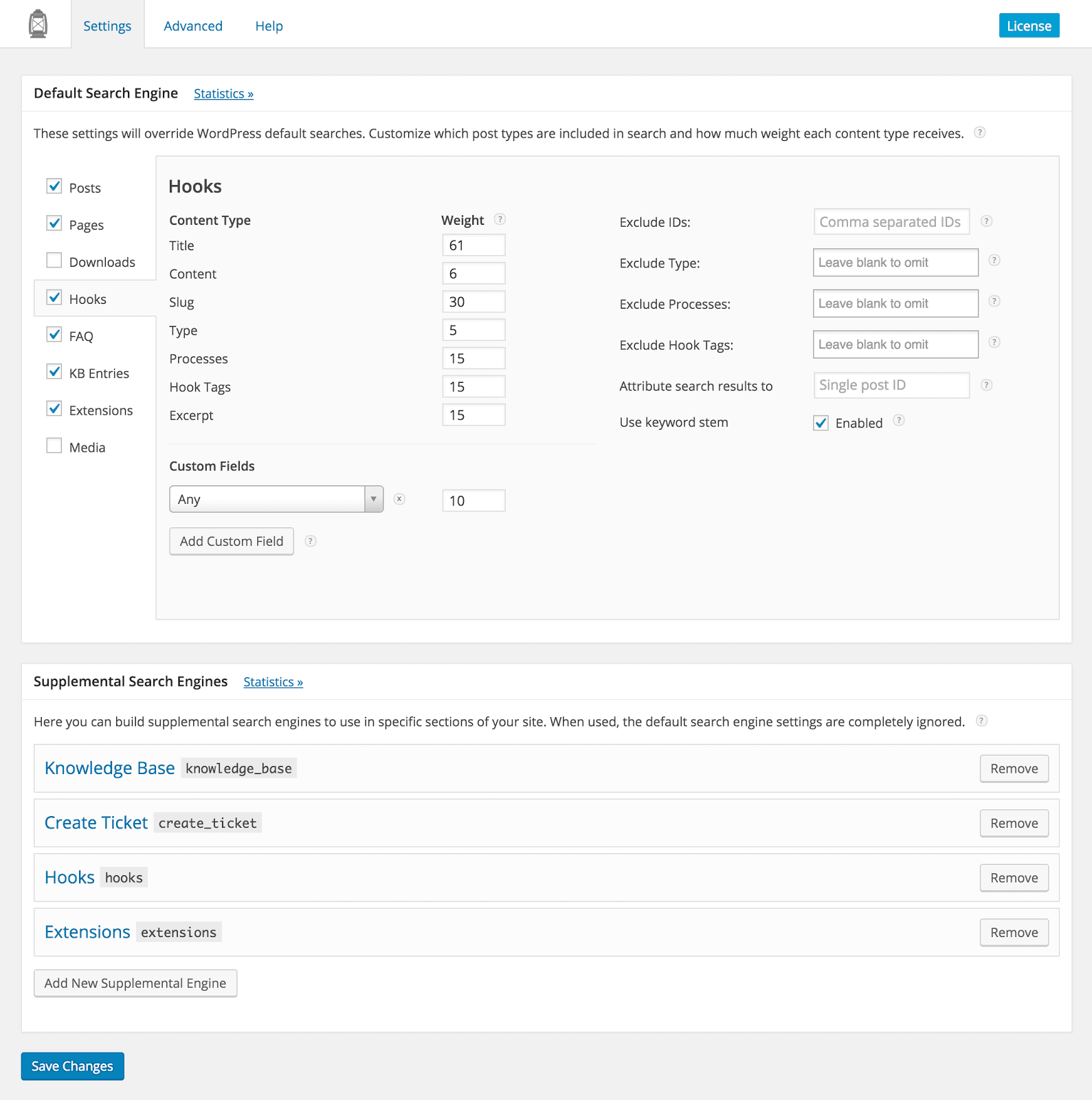
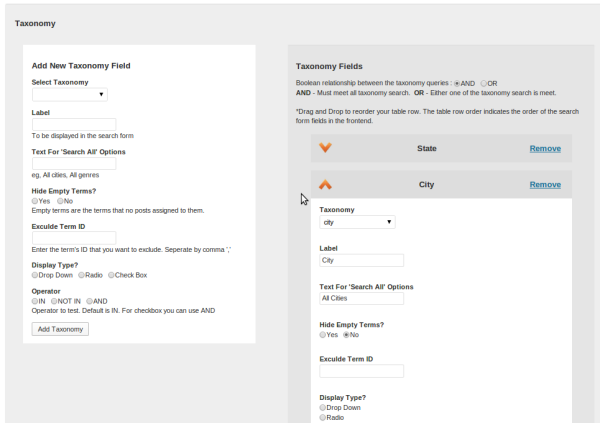

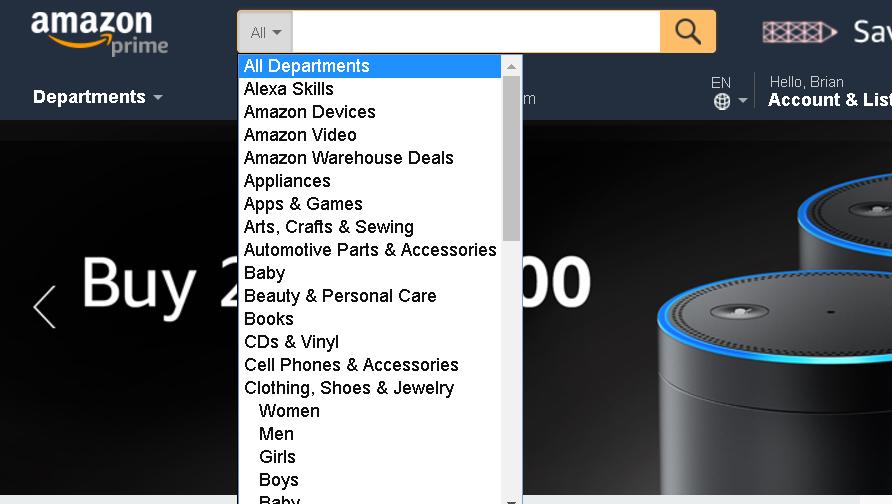
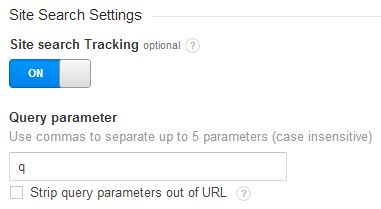
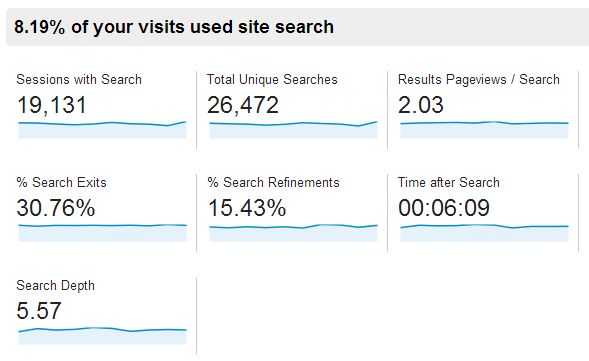
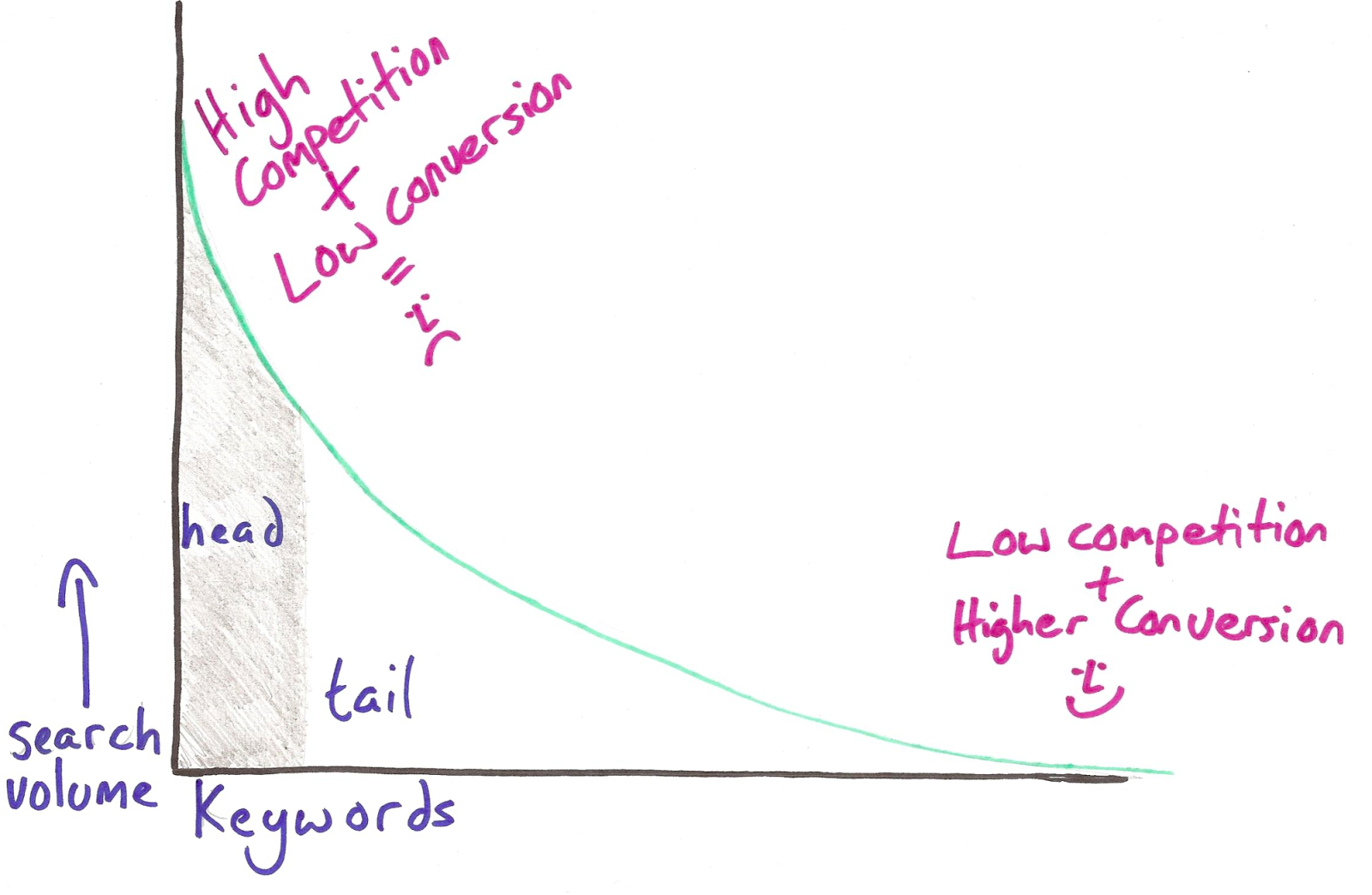
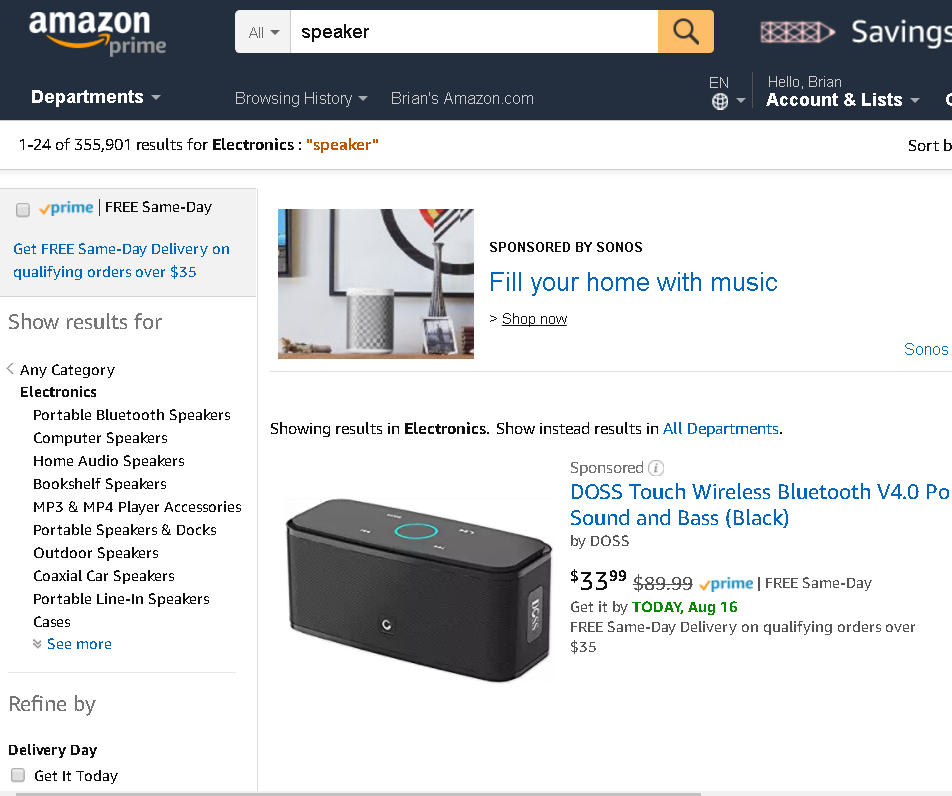
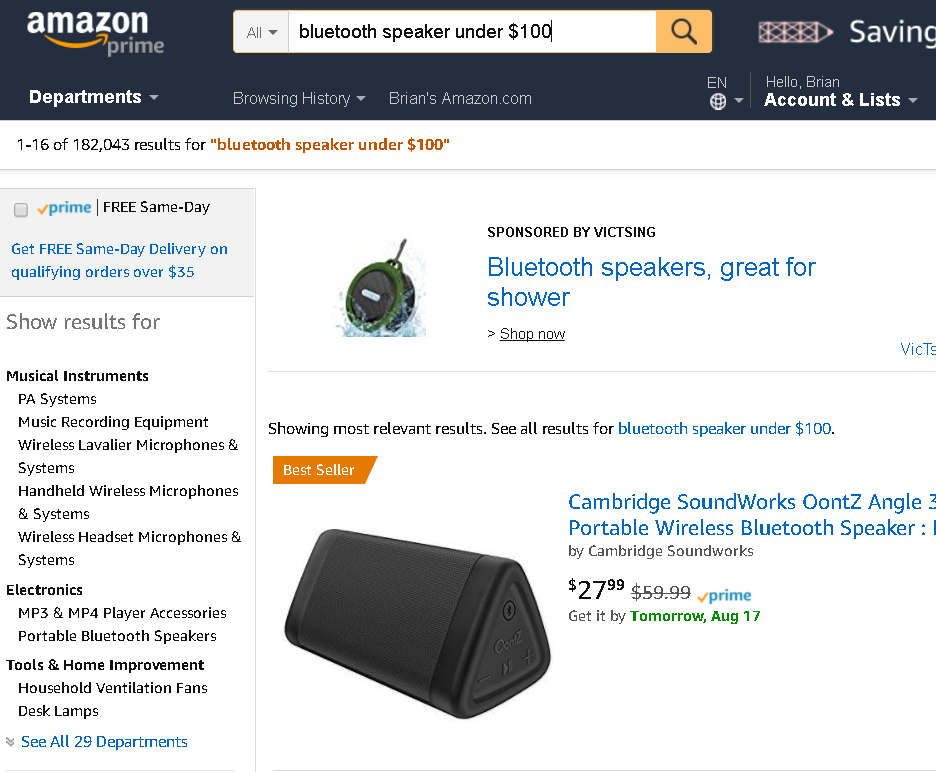

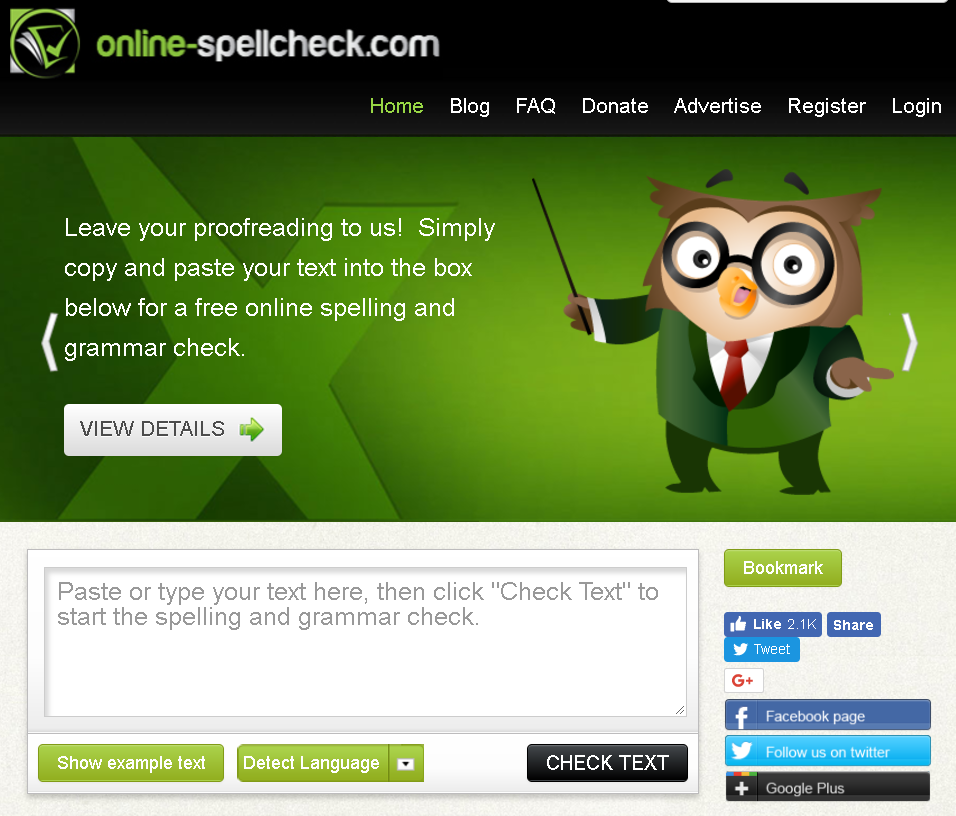
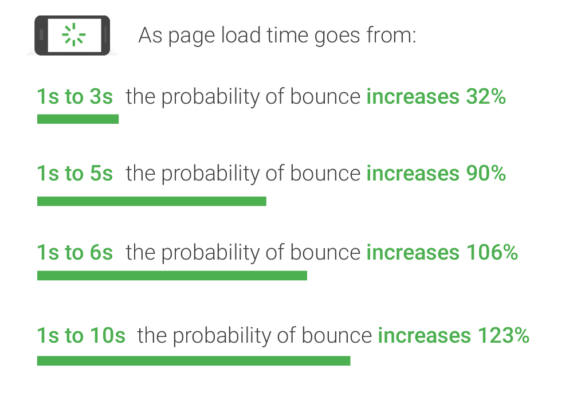
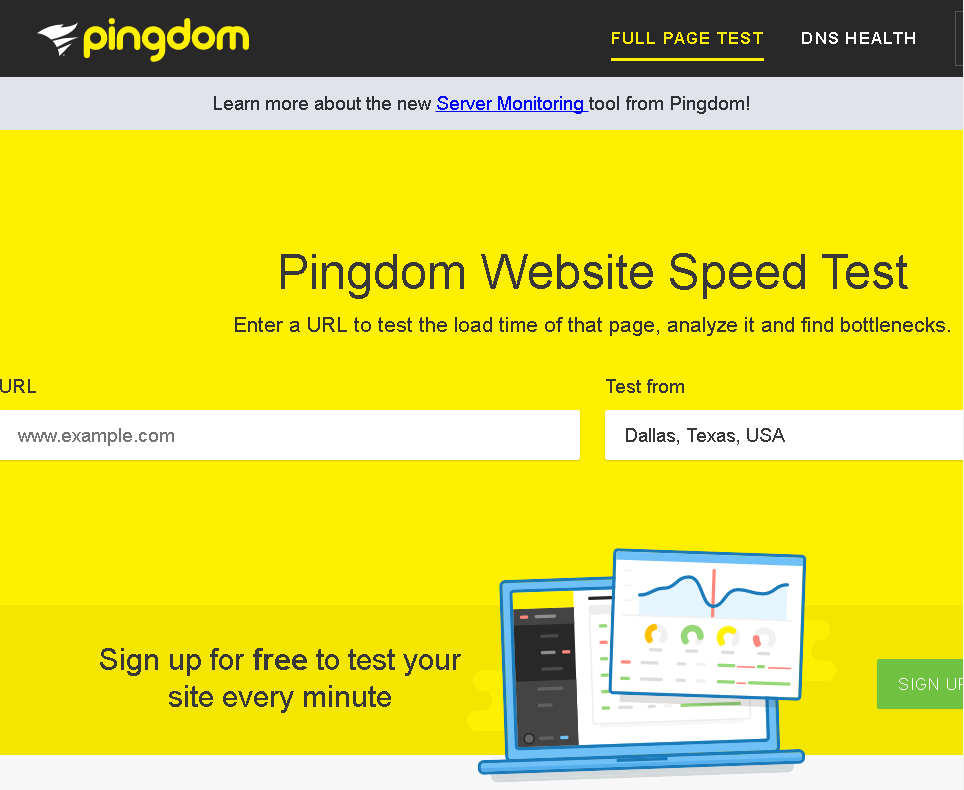
Comments (10)